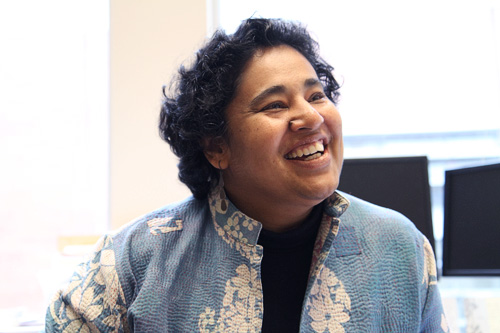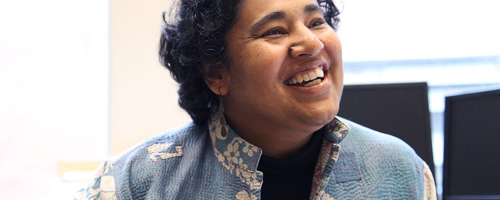Uttarakhand is known by many as the “land of the gods” and is home to three of India’s biggest radio stations: Kumaon Vani, Heval Vani and Mandakini Ki Awaz. When community radio was established in India in 1995, it was seen as a way to promote freedom of expression and create social change, but because local communities faced issues of government monopoly, underprivileged populations felt their voices were not getting a fair chance to be heard.
Radio India

Uttarakhand is known by many as the “land of the gods” and is home to three of India’s biggest radio stations: Kumaon Vani, Heval Vani and Mandakini Ki Awaz.
When community radio was established in India in 1995, it was seen as a way to promote freedom of expression and create social change, but because local communities faced issues of government monopoly, underprivileged populations felt their voices were not getting a fair chance to be heard.
These small government-owned radio stations only serve a small part of the community and target a certain social class, but often overlook important issues of social and rural development.
“Community radio doesn’t have a huge audience, but it is important for communities to have power while covering important issues like gender, health, race and politics,” said Dr. Priya Kapoor, a communications professor at Portland State.
Kapoor will deliver a lecture, “Community Radio in India: A Social Movement or Grassroots Globalization,” on campus next week to discuss these issues.
For more than a decade, communities in India have been fighting to shift from government-owned radio to commercial broadcasting.
“The role of community radio that local governments own remains transparent, which is important to keep democracy relevant,” Kapoor said.
The development of community radio in India has been an ongoing issue, but the country is working hard to empower communities. In a nation that speaks more than 14,000 languages, it’s easy to understand the ongoing struggle and frustration that underprivileged communities have endured with hopes of getting their voices heard.
“Some of the biggest problems community radio faces are the prohibition of news and current affairs,” Kapoor said.
While many college students are surely aware of the ongoing social movement in India, Kapoor hopes to make it a familiar subject within the PSU community.
“This lecture will educate attendees on how democracies work and how media policies are created in India,” Kapoor said.
The Institute for Asian Studies, which sponsors and promotes seminars, conferences and cultural events, is sponsoring the event as they look to promote public awareness in research, training and development in all parts of Asia.
“We anticipate this lecture [will] draw a typical audience that includes students, faculty and community members,” said Sharon Carstens, director of Asian studies.
Community radio got its start in the mid-’90s in India’s northern state of Uttarakhand. It became a means for rural development and an important tool for informing local communities.
“This is a geopolitically important area that is growing, and people must become more aware [of] it,” Kapoor said. “We want the power of sustainable radio to speak to the interests and desires of grassroots globalization.”
Kapoor began studying social mobilization and economic development at a time when nobody talked about radio. When radio was first introduced, the government controlled the news and radio stations, giving local citizens little opportunity to be heard.
“The people wanted to hear about fashion, health, gender,” Kapoor said. “People wanted to talk about this and radio was the only way to go about this.”
Community Radio in India: A Social
Movement or Grassroots Globalization
A lecture by PSU professor Dr. Priya Kapoor
Thursday, March 7, 6:30 p.m.
PSU’s 5th Avenue Cinema. lecture room 90
Free and open to the public
Community radio in India is a social movement that transformed from earlier historical movements like the Chipko movement and Save the Seeds movement. In the small village of the Garhwal Himalayas, women fought for human rights and the rights of their forest by hugging trees to prevent deforestation.
“The trees were being cut for commercial purposes, and this was a time when the youth became involved,” Kapoor said.
The movement greatly impacted much of India’s policy today, while shaping its developing world.
The Save the Seeds movement was also involved with the Chipko Movement, and became known as a community movement that worked at protecting India’s natural ecosystem.
Kapoor firmly believes in continuing to inform our local communities about the importance of social developments in this grassroots movement.
The PSU community and the Institute for Asian Studies are working to bridge the gap between community and commercial radio.
The institute has plans to further its relationship with Asian universities.
“A committee has been meeting to develop proposals for exchange relationships with South Asian universities and expanded opportunities for both students and faculty to research and work in South Asia,” Carstens said of the institute’s future plans.





